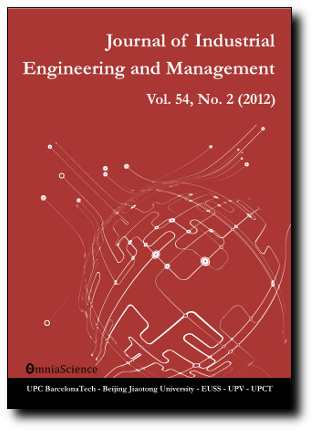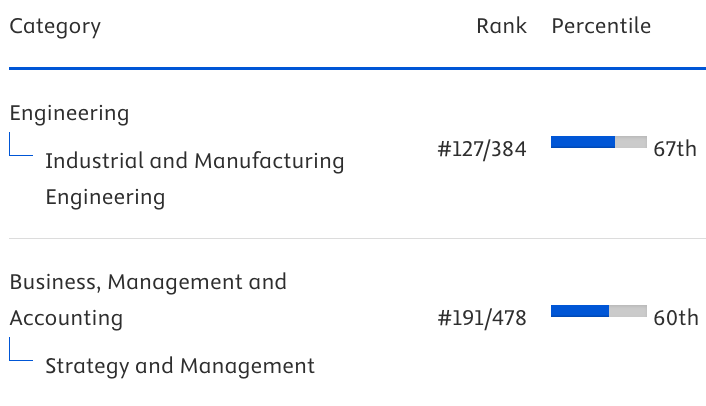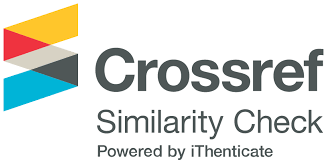Data-driven quality improvement in woven wire mesh production using machine learning algorithms
Abstract
Purpose: This paper aims to purpose a data-driven quality improvement (DDQI) framework for improving production quality by analyzing existing data using machine learning, data visualization, and correlation analysis. The objective is to predict optimal machine settings for different batches of raw materials to enhance process yield and minimize defects. A case study was conducted at a stainless-steel woven wire mesh manufacturing plant in Thailand, using real production data and testing the predicted machine parameters in actual production.
Design/methodology/approach: The framework starts with the integration of existing data into the master database, data visualization and correlation analysis are employed to screen out unimportant factors. Subsequently, machine learning is utilized to model the relationship between process parameters and their corresponding quality characteristics. Finally, the model is used to identify the best setting of production parameters that suit new incoming batches based on raw materials' incoming inspection data.
Findings: The results from implementing the DDQI framework in the case study company showed that it could accurately predict the process yield of the wire mesh weaving process. This enabled the selection of process parameters that were well-suited to the incoming materials, leading to an increase in the process yield to an average of 91.3%. The results indicate that DDQI not only significantly improves the process yield of the case study factory but also facilitates decision-making regarding production in a more systematic and planned manner.
Research limitations/implications: The model's performance is limited by the quality and completeness of historical data. Some complexity in manufacturing processes could not be captured due to missing variables or unmeasured process aspects. While GBT performed well, some beam lots still experienced defects, implying room for model refinement or inclusion of additional parameters.
Originality/value: This research introduces a novel integration of machine learning, visualization, and correlation analysis into a practical quality improvement framework. It also provides empirical evidence from a real-world implementation in the wire mesh industry and demonstrates that data-driven optimization can outperform traditional quality tools with minimal disruption to manufacturing.Keywords
Full Text:
PDFDOI: https://doi.org/10.3926/jiem.8838
This work is licensed under a Creative Commons Attribution 4.0 International License
Journal of Industrial Engineering and Management, 2008-2025
Online ISSN: 2013-0953; Print ISSN: 2013-8423; Online DL: B-28744-2008
Publisher: OmniaScience






